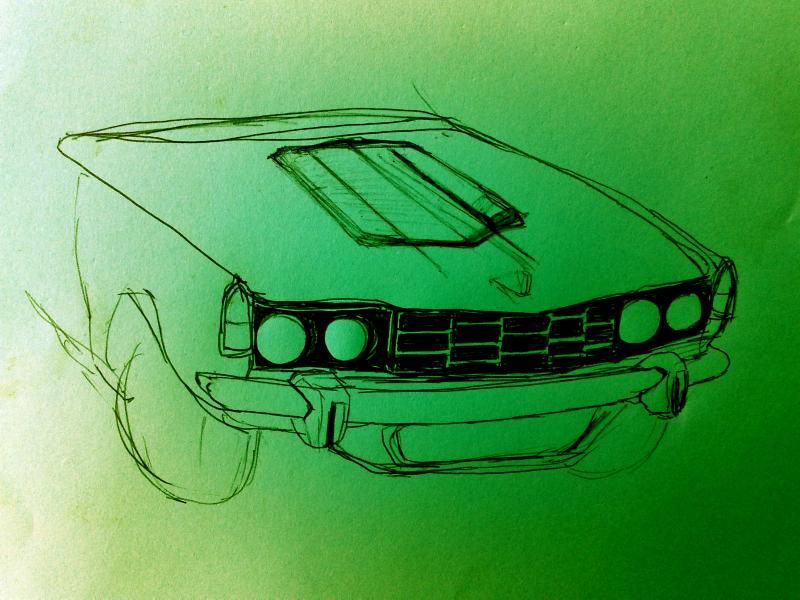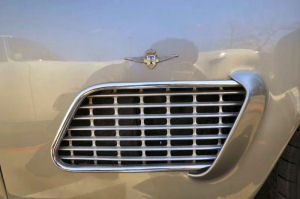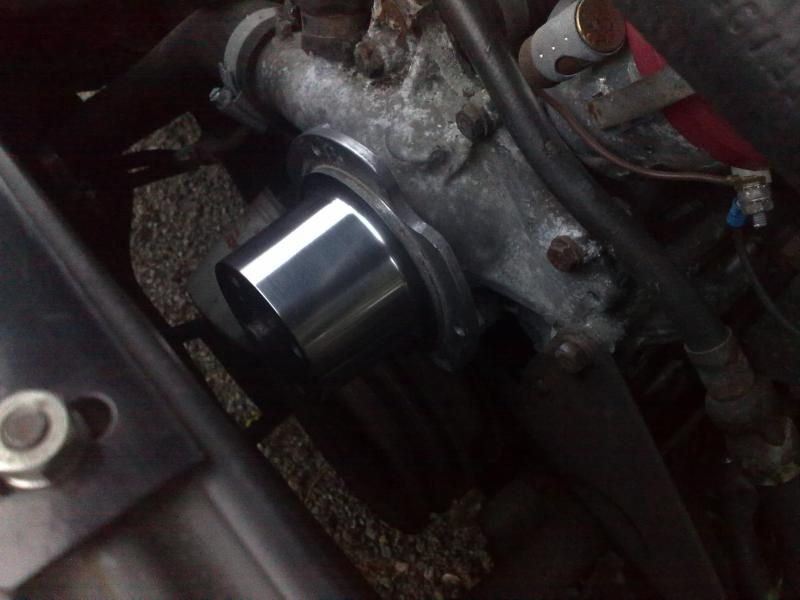Hi Jim
I think I'd want to very carefully establish where the low pressure areas are on the bonnet and where the high pressure. I think I know that the area towards the rear of the bonnet outboard of the "cam covers" is a low pressure area - because of the factory siting extract vents there on some prototypes.
To check where the air is going, why not use the old fashioned substitute for a wind tunnel - little skeins of wool stuck all over the surface at one end. Then drive around! Makes crystal clear which way the flow is going.
Chris
I think I'd want to very carefully establish where the low pressure areas are on the bonnet and where the high pressure. I think I know that the area towards the rear of the bonnet outboard of the "cam covers" is a low pressure area - because of the factory siting extract vents there on some prototypes.
To check where the air is going, why not use the old fashioned substitute for a wind tunnel - little skeins of wool stuck all over the surface at one end. Then drive around! Makes crystal clear which way the flow is going.
Chris












